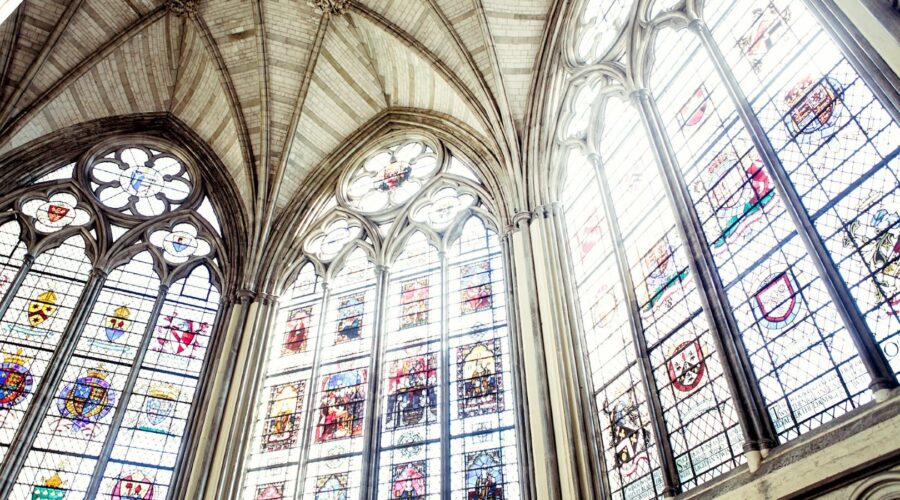Eastern Orthodox Christmas, celebrated on January 7th, is a deeply spiritual and culturally significant event for millions of Christians worldwide. Immerse yourself in the beauty and traditions of Eastern Orthodox Christmas through this comprehensive guide.
Historical Roots and Symbolic Meanings
Eastern Orthodox Christmas has its roots in the ancient Christian calendar, which follows the Julian calendar rather than the Gregorian calendar. According to tradition, the Nativity of Christ took place on December 25th in the Julian calendar, which corresponds to January 7th in the Gregorian calendar.
The Eastern Orthodox Church places great emphasis on symbolism. The 12 days leading up to Christmas, known as the “Twelve Days of Christmas,” represent the 12 apostles. The Christmas Eve feast, called “Holy Supper,” symbolizes the Last Supper and the Eucharist. The traditional Christmas tree represents the Tree of Life.
Observing Eastern Orthodox Christmas
Fasting and Feasting
Prior to Christmas, Orthodox Christians observe a 40-day fast period known as “Advent,” similar to Roman Catholic and Anglican Lent. It begins on November 15th and ends on Christmas Eve. During this time, they refrain from consuming meat, poultry, and dairy products.
On Christmas Eve, the fast is broken with a special meal called “Holy Supper.” This festive dinner typically consists of traditional dishes such as roasted lamb, lentil soup, and pastries.
Liturgy and Divine Services
The main liturgical celebration of Eastern Orthodox Christmas takes place on the night of January 6th. The service, known as “Great Vespers,” includes hymns, prayers, and readings. It culminates in the “Midnight Mass,” which is the central Eucharistic celebration.
Additional divine services continue throughout the following 12 days, including the Liturgy of the Presanctified Gifts on weekdays and the Divine Liturgy on Sundays.
Community Celebrations
Eastern Orthodox Christmas is a time for joy, fellowship, and community. Families gather for traditional feasts, exchange gifts, and enjoy festive activities.
Many Orthodox churches organize community events during the 12 days of Christmas, such as concerts, plays, and bazaars.
Eastern Orthodox Christmas in Different Countries
While the core traditions of Eastern Orthodox Christmas remain the same across countries, there are some cultural variations in its celebration:
- Russia: Orthodox Christmas is a major national holiday in Russia. Traditional festivities include “Svyatki,” a period of 12 days of celebration filled with masquerades and folk games.
- Greece: In Greece, Christmas is known as “Christougenna” and is a time for family gatherings and festive feasts. The Vasilopita, a traditional cake bread, is shared on New Year’s Day.
- Romania: Traditional Romanian Christmas customs include the “Star Boys,” who perform songs and plays in exchange for gifts.
- Serbia: The Serbian Orthodox Church celebrates Christmas with a special ritual called “Badnjak,” where an oak log is burned to symbolize the warmth of Christ.
Cultural Significance and Symbolism
Eastern Orthodox Christmas is a cherished cultural event that connects people of all ages and backgrounds. Its traditions and symbolism hold deep religious and historical significance:
- Renewal and Hope: Christmas marks the beginning of a new liturgical year and symbolizes the hope and renewal brought by the birth of Christ.
- Family and Community: Christmas is a time for families and communities to come together, share traditions, and strengthen bonds.
- Hospitality and Generosity: The Christmas season is known for acts of kindness, generosity, and hospitality towards others.
Tips for Experiencing Eastern Orthodox Christmas
If you wish to experience the authentic beauty of Eastern Orthodox Christmas:
- Attend a Service: Visit an Orthodox church during the 12 days of Christmas to witness the special liturgy and divine services.
- Share a Meal: Join a family or community feast to sample traditional Christmas dishes and engage in cultural exchange.
- Learn About Traditions: Visit museums or cultural centers to learn more about the history and traditions of Eastern Orthodox Christmas.
- Respect Customs: Be mindful of Orthodox customs and traditions, such as observing fasting rules during Advent.
Conclusion
Eastern Orthodox Christmas is a deeply meaningful and culturally rich celebration that connects millions of Christians worldwide. By understanding its historical roots, symbolism, and traditions, we can appreciate its beauty and significance. Embrace the spirit of Eastern Orthodox Christmas by immersing yourself in its observances and sharing its message of hope and renewal with others.


Leave a Reply